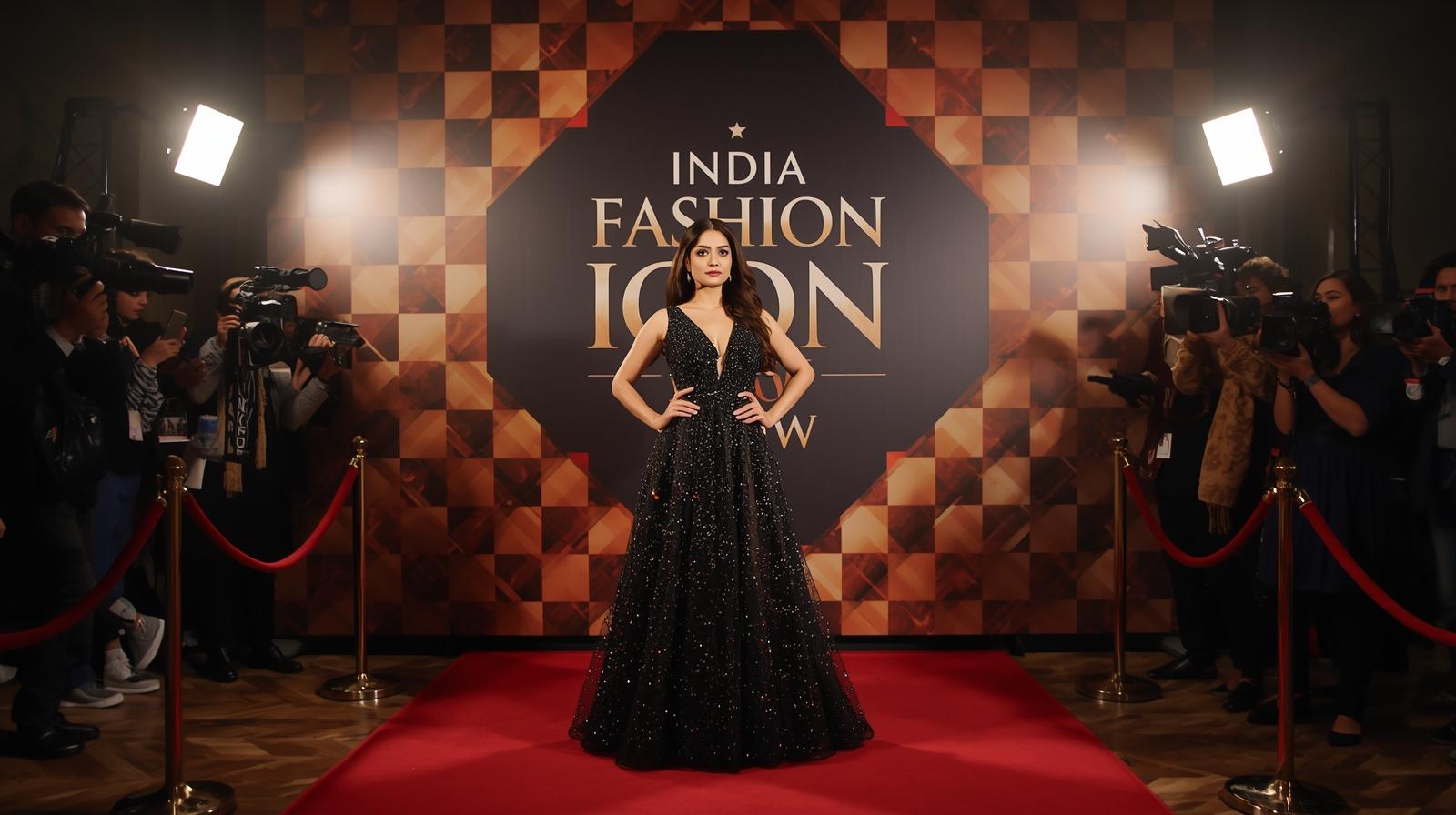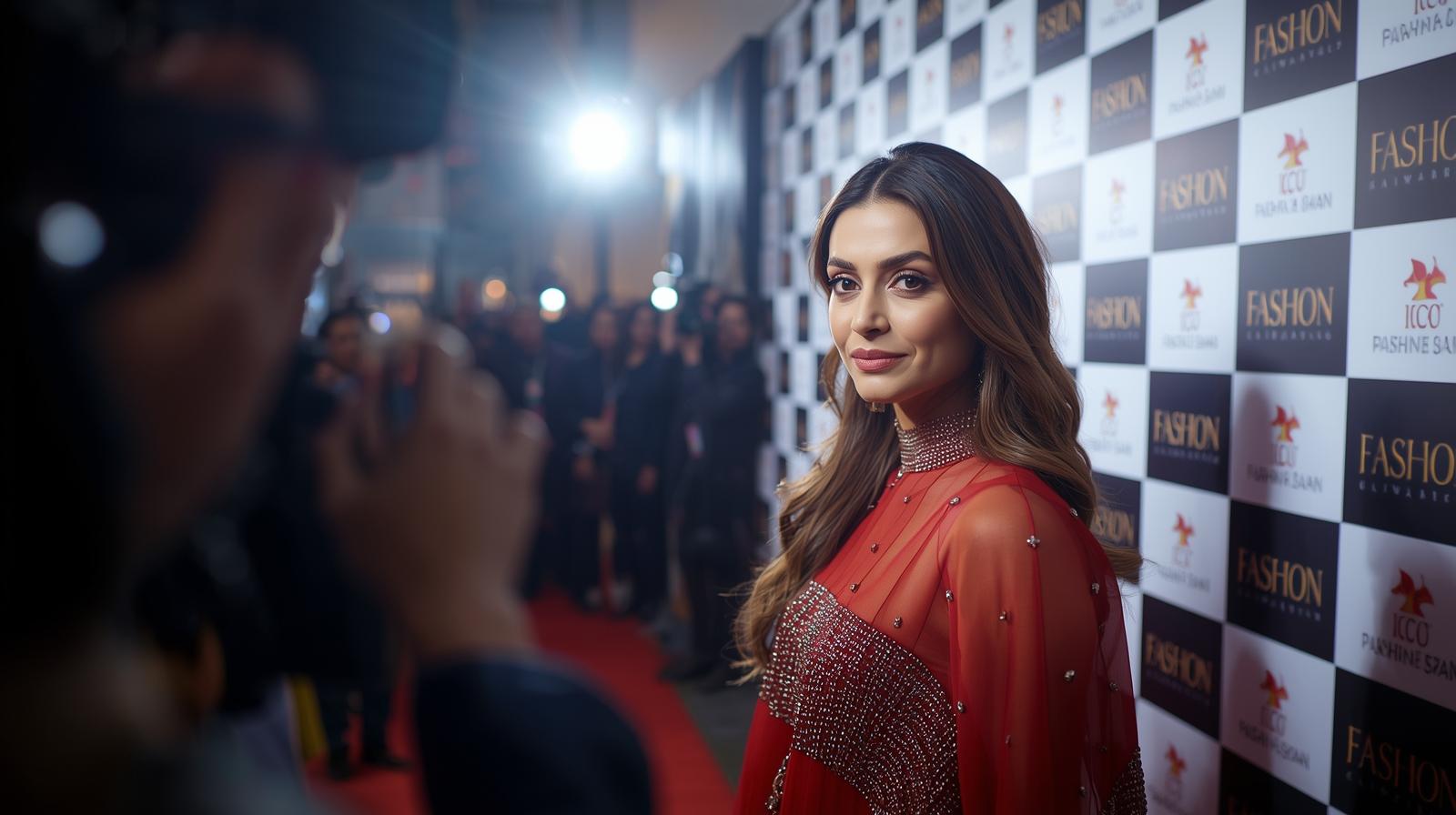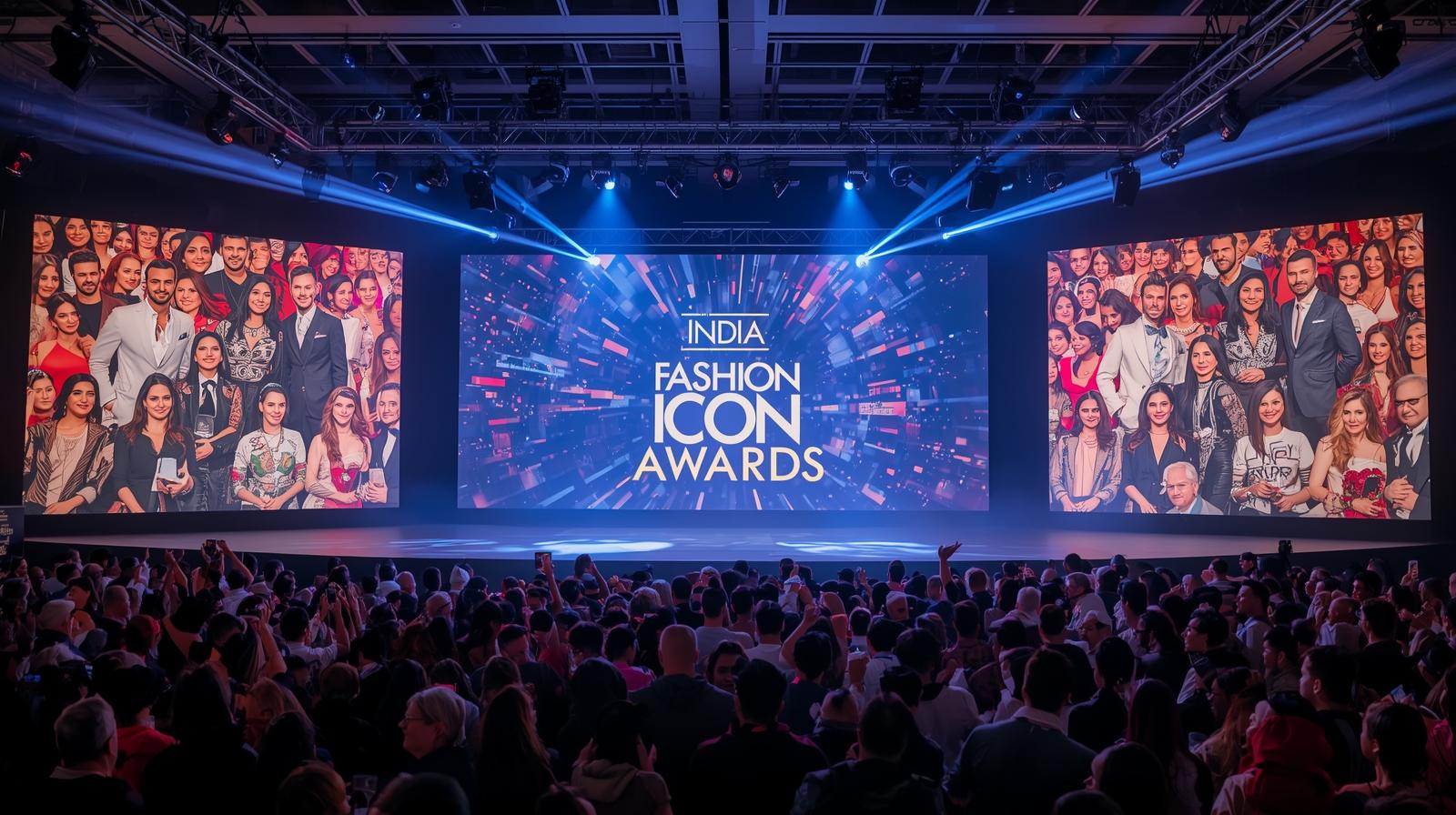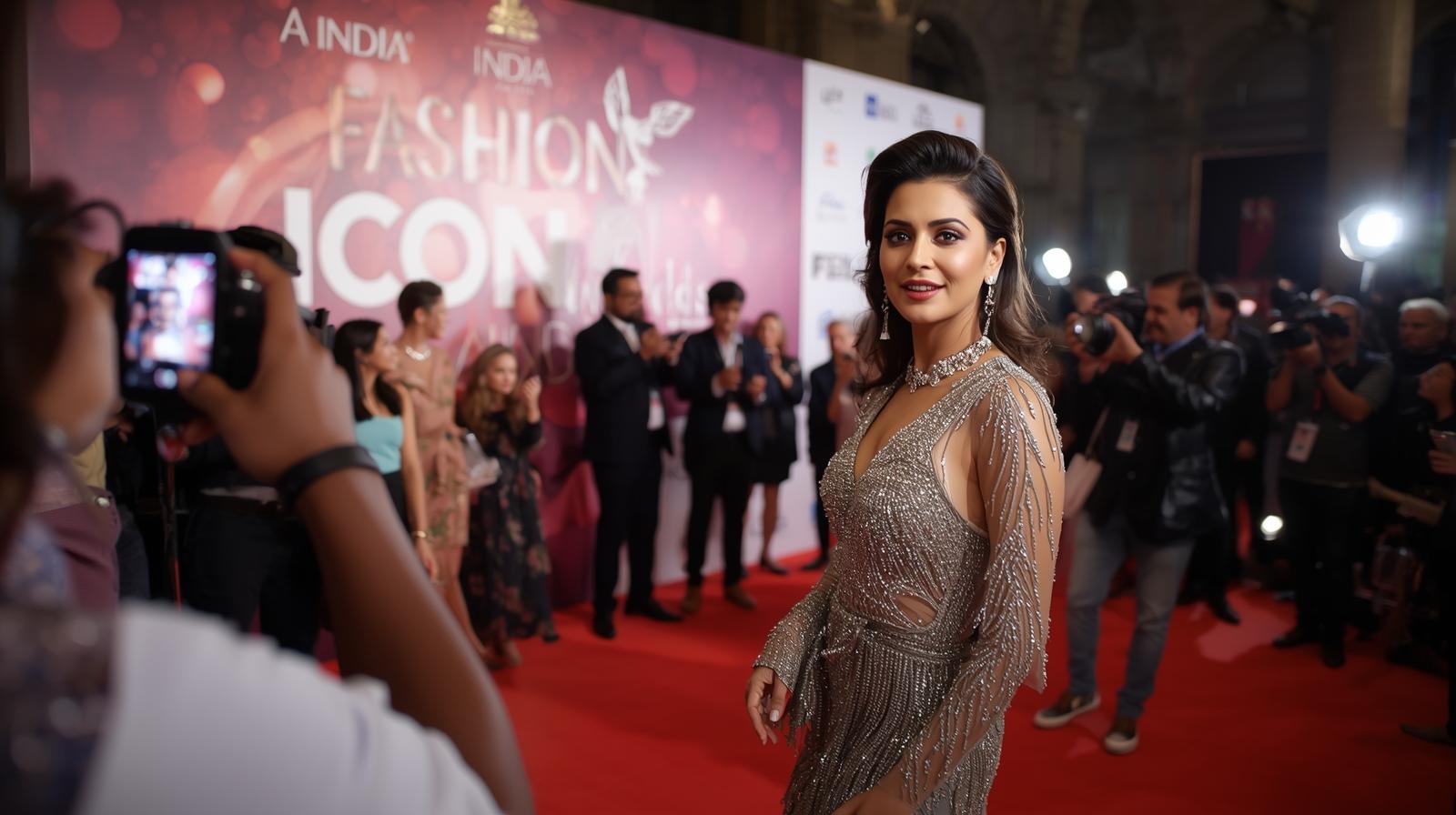Balmain has long been synonymous with glamour and innovation, dressing icons from Josephine Baker to Beyoncé. Founded by Pierre Balmain in 1945, the French fashion house quickly became a favorite among Hollywood stars. Baker, a trailblazing performer and activist, was among the first to wear Balmain’s designs in the early 1950s. Her 1951 “Four Seasons” gown, paired with a velvet jacket featuring a dramatically tall collar, remains a standout example of Balmain’s early work.
From Golden Age to Modern Icons
As Balmain’s legacy grew, so did its association with fashion-forward celebrities. In the 1960s and 1970s, stars like Katharine Hepburn and Marlene Dietrich donned Balmain creations, solidifying the brand’s status in Hollywood. Fast forward to the 21st century, and Balmain’s influence continues with modern icons like Beyoncé. Known for her bold fashion choices, Beyoncé has worn Balmain on numerous occasions, including her 2023 world tour, showcasing the brand’s timeless appeal.
A Digital Renaissance Under Olivier Rousteing
In 2011, designer Olivier Rousteing took the helm of Balmain, ushering in a new era for the brand. Rousteing’s vision blended Balmain’s rich heritage with contemporary aesthetics, appealing to a younger, digital-savvy audience. His “Balmain Army” campaign, featuring diverse influencers and celebrities, redefined luxury fashion marketing. Rousteing’s efforts have rejuvenated Balmain’s legacy, ensuring its relevance in today’s fashion landscape.
Balmain’s Cultural Impact
Beyond dressing celebrities, Balmain has become a cultural symbol. The brand’s designs often reflect societal trends and movements, resonating with audiences worldwide. From Baker’s revolutionary style to Beyoncé’s empowerment through fashion, Balmain continues to influence and inspire. The brand’s ability to adapt while maintaining its core values speaks to its enduring legacy in the fashion industry.
For more style updates & exclusive fashion stories follow indiafashionicon.com

 info@indiafashionicon.com
info@indiafashionicon.com









